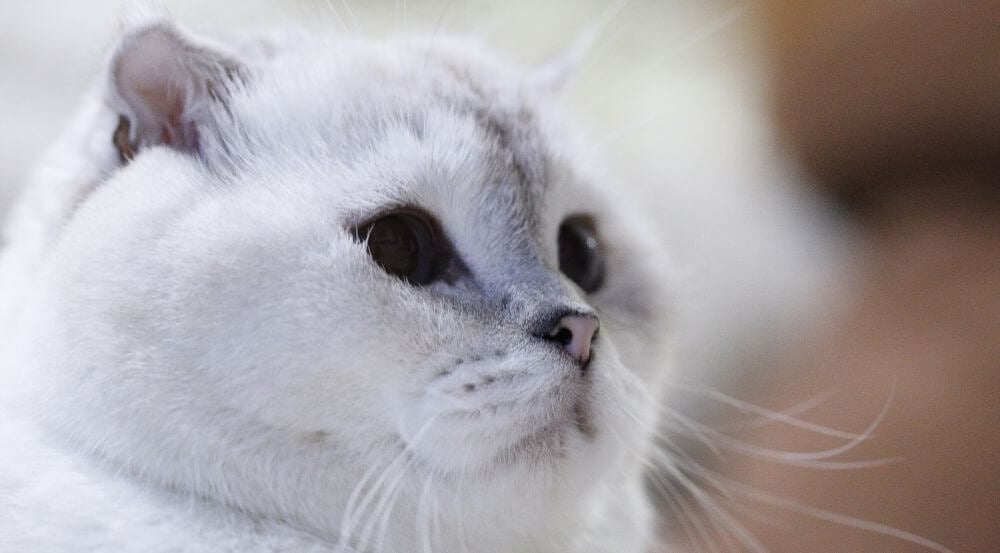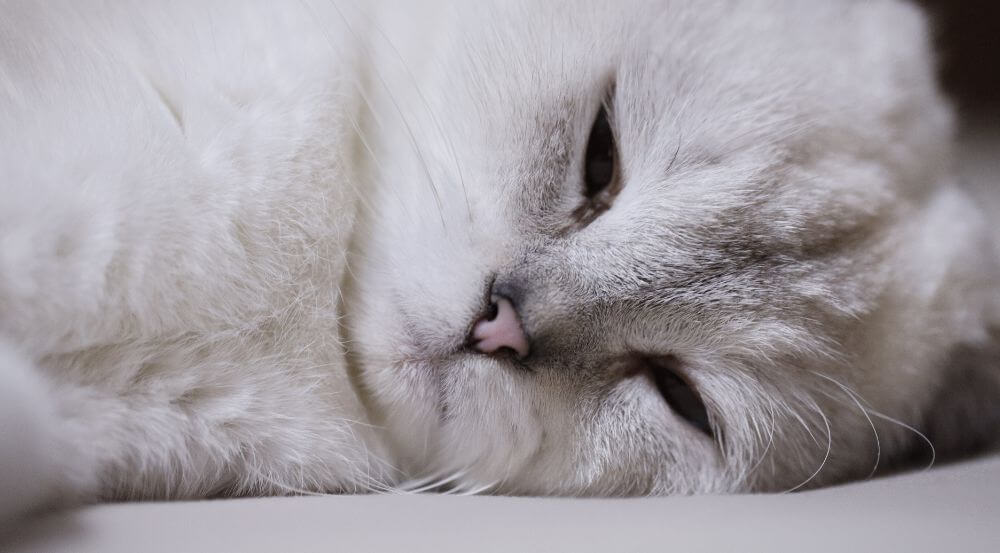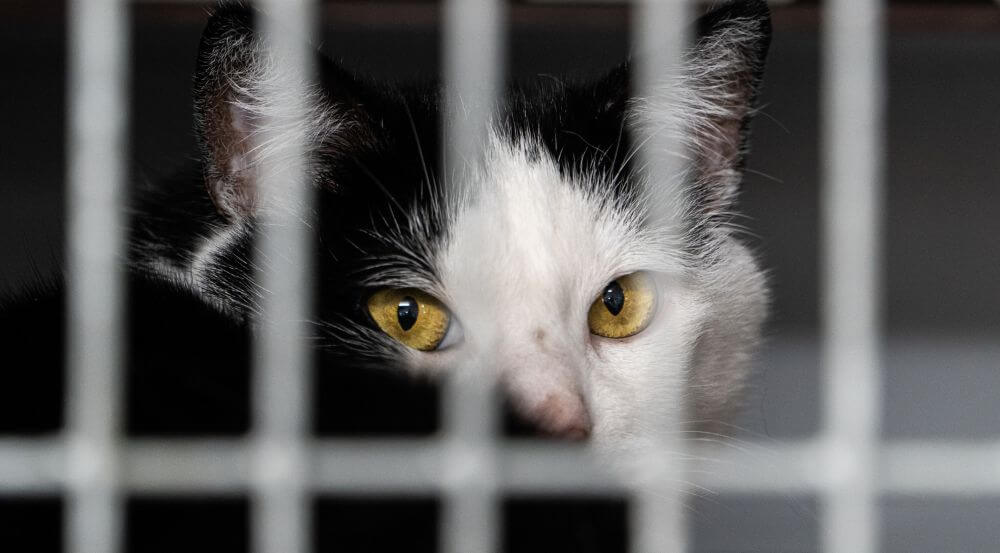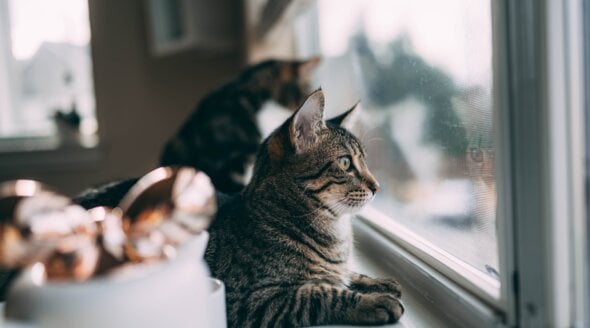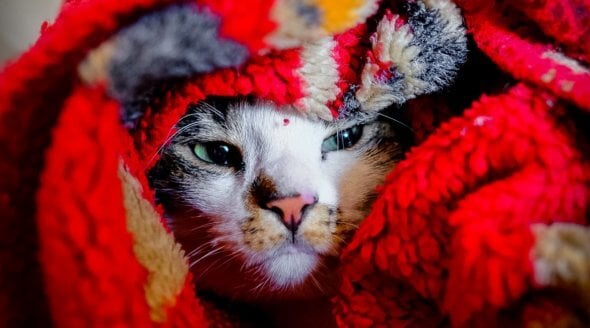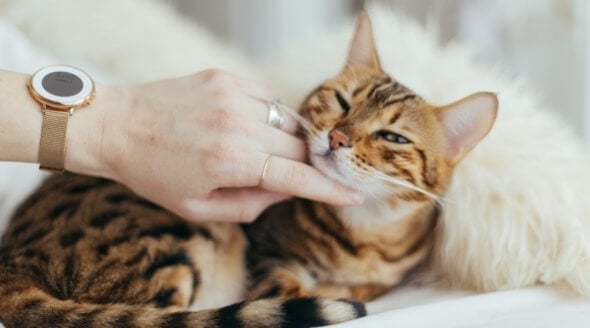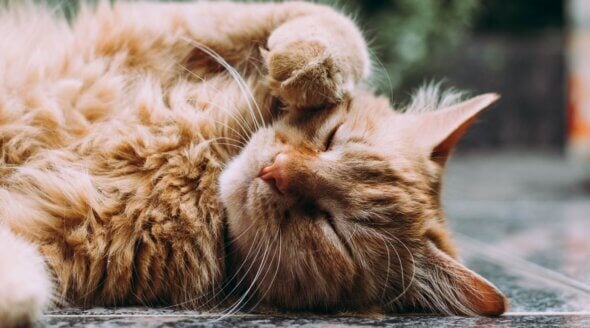5 Reasons Not to Buy Scottish Fold Cats
Scottish Folds are a “torture breed”. Because breeders prioritise the appearance of these cats over their health and quality of life, they often live in pain and struggle to breathe. Some are even born deaf.
Breeding Scottish Fold cats is so cruel that it’s illegal in some countries. The Netherlands has prohibited breeding them since 2014, and the British Veterinary Association has called for an end to breeding Scottish Folds over health concerns. Here are the reasons why you should never buy a Scottish Fold cat:
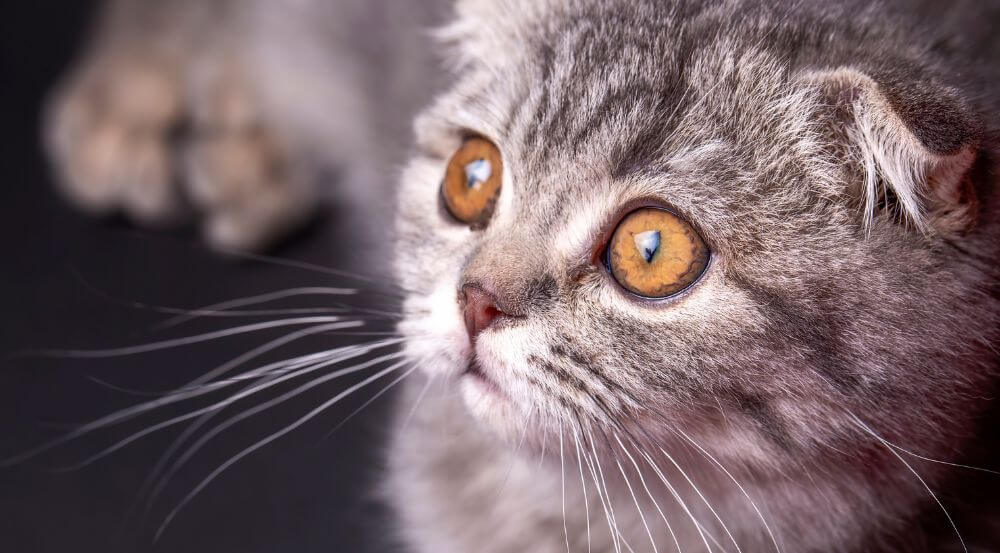
1. Scottish Folds Have a Genetic Disease
A genetic mutation causes a disease called osteochondrodysplasia in these cats, making their ears fold. This condition affects all cats of the Scottish Fold breed and causes abnormal bone growth, skeletal deformities, and arthritis.
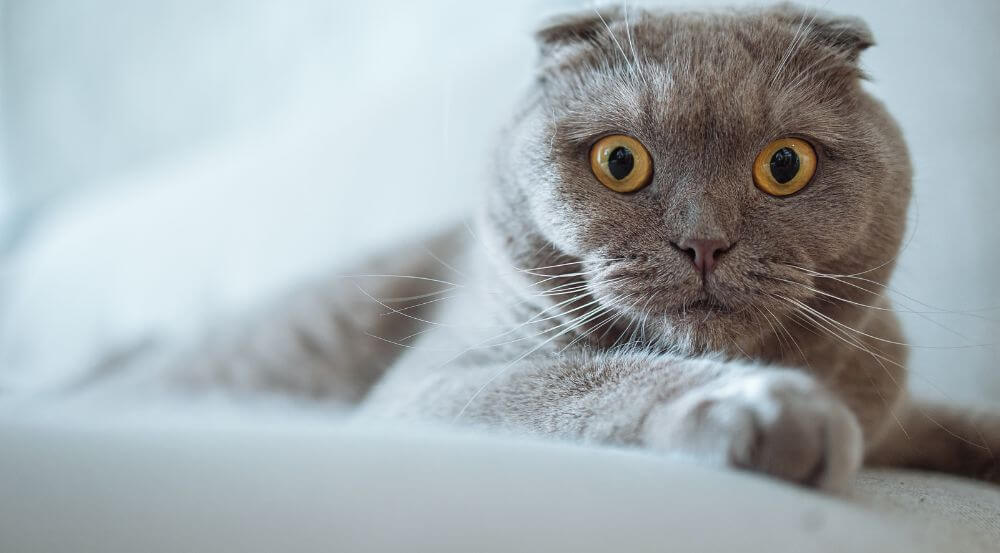
2. Scottish Folds May Experience Pain Due to Arthritis
Arthritis caused by osteochondrodysplasia can cause severe pain and seriously affect a cat’s quality of life. Breeding animals who will almost certainly develop arthritis due to a genetic abnormality isn’t just irresponsible: it’s cruel. Cats are very good at disguising pain, so their ill health may go unnoticed by their guardians.
3. Like Pugs, Scottish Folds Struggle to Breathe
Just like pugs and bulldogs, who also have short noses, Scottish Folds are likely to develop severe breathing problems. They were deliberately bred to have a flat snout, which also makes them prone to dental issues and ulcers in their eyes.
4. Their ‘Folded’ Ears Hinder Communication With Fellow Felines
Cats use their ears to communicate with each other. However, the mutation that gives Scottish Folds’ ears their distinctive appearance also affects their ability to show how they are feeling or “talk” to their peers. White Scottish Folds are often born deaf.
5. Thousands of Cats in UK Shelters Need Homes
Each time a person supports a breeder, a perfectly healthy and adoptable cat in a shelter loses their chance of finding a loving home. We’re amid an animal-homelessness crisis: if you’re considering welcoming a cat into your life, please visit your local shelter and never buy from a breeder.
What You Can Do for Cats
Remember that caring for a cat is a huge responsibility that could last 20 years. Becoming a cat’s guardian means committing to providing them with all their necessities: food, fresh water, a clean litterbox, veterinary care, physical exercise, love, and affection. Be sure you’re ready to take on this responsibility before you visit a shelter.
For more information about how you can make your feline’s life more felicitous, read PETA founder Ingrid Newkirk’s book 250 Vital Things Your Cat Wants You to Know: The Cat Guardian’s Bible and check out the following resources:

